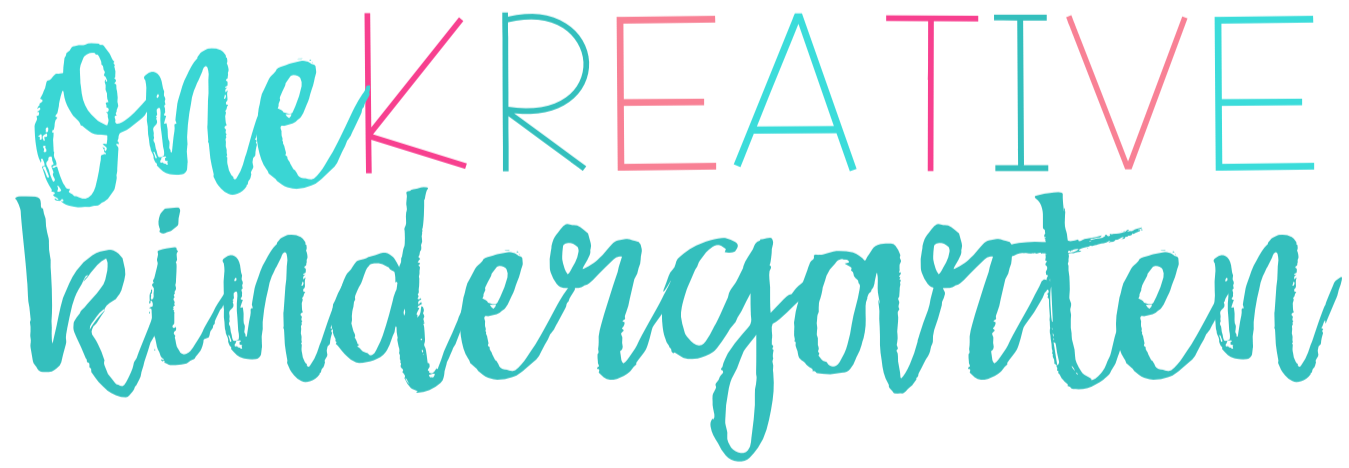I don’t know about you, but each summer, I always pick some sort of project to complete for my classroom. I love organization and anything that has to do with DIY. So when I can complete a DIY project that helps with organization, all hands are in the air!
For me, these crates have been on my list for quite some time because 1. they’re adorable 2. they’re comfy and 3. they provide hidden storage!
Crate Seats for the Classroom

My dad always jokes each summer and asks what DIY project we’re doing. He is the handy one in my family so he gets pulled into everything DIY. He was very happy to hear that these crates were my focus this summer. (A one day project.) Last summer, we made cubbies for my classroom and they took three weeks to put together and install. On top of that project, I got married; so, as you can imagine we were very busy!
This project is very easy (if you or someone you know is good at cutting wood) and will only take you a couple hours to complete.
How to make your own DIY crate seats:

1. Buy all materials.
- Crates: I bought the crates at Target for $2.99. I chose blue because it goes with my theme but Target has many colors. (If you don’t find a color you like, buy the white and spray paint it!)
- Wood: My dad bought particleboard from Home Depot. He bought a half sheet, 3/4 inch thick. A half sheet was enough for the 5 seats I made. (After I finished the project, I decided that I want to make 5 more for my assistant teacher’s guided reading table and I’ll need to buy more wood.)
- Foam: I got 2 in thick foam from Joannes. One sheet was enough for 5 seats.
- Fabric: At first, I was going to get just regular fabric, but my mom (yay mom!) found and suggested outdoor fabric. This fabric is more durable and will hopefully be easier to clean. I bought 4 yards of fabric and have enough to make 10 seats.
- Extras: You’ll need something to cut the wood (my dad used a hand saw), a staple gun (with staples), screw gun (with screws), and scissors.
Similar products you can buy all at once on Amazon:
2. Put it all together.
- Measure the top of the crate as well as inside lip of crate and cut wood to fit. (Each seat is made with two pieces of wood.) The foam and fabric go on the larger piece and the smaller piece goes on the bottom to fit into the crate.
- Cut your foam and fabric. Warning: the foam is VERY difficult to cut. Don’t worry if it’s not perfect, because the fabric covers it. Make sure you leave about 3 inches of extra fabric on all sides.

- Take larger piece of wood and put the foam on top. Next, cover the foam and wood with the fabric. When you’re wrapping the fabric, make sure you pull tight. (It’s a good idea to have two people help with this job – thanks mom!) I wrapped my seats like I would a present, that way they are all consistent.
- After you’ve stapled the fabric to the foam and wood, you’ve finished the top part of your seat! Next, take the smaller piece of wood and center it on the bottom of the seat and screw it in so it’s tight.
- Put it on your crate and take a seat!

I made these crate seats to put around my guided reading table. I love how they look and they are the perfect size. If your table is not the right size, check and see if the legs are adjustable. The best part about these crates is the extra storage. I use the storage to hold all my guided reading books. This frees up some space in my classroom that I can use for something else. This was the perfect summer DIY project and I am so happy with how they turned out!
Check out my other classroom DIY projects here. Happy DIYing!






 Classroom Management
Classroom Management



